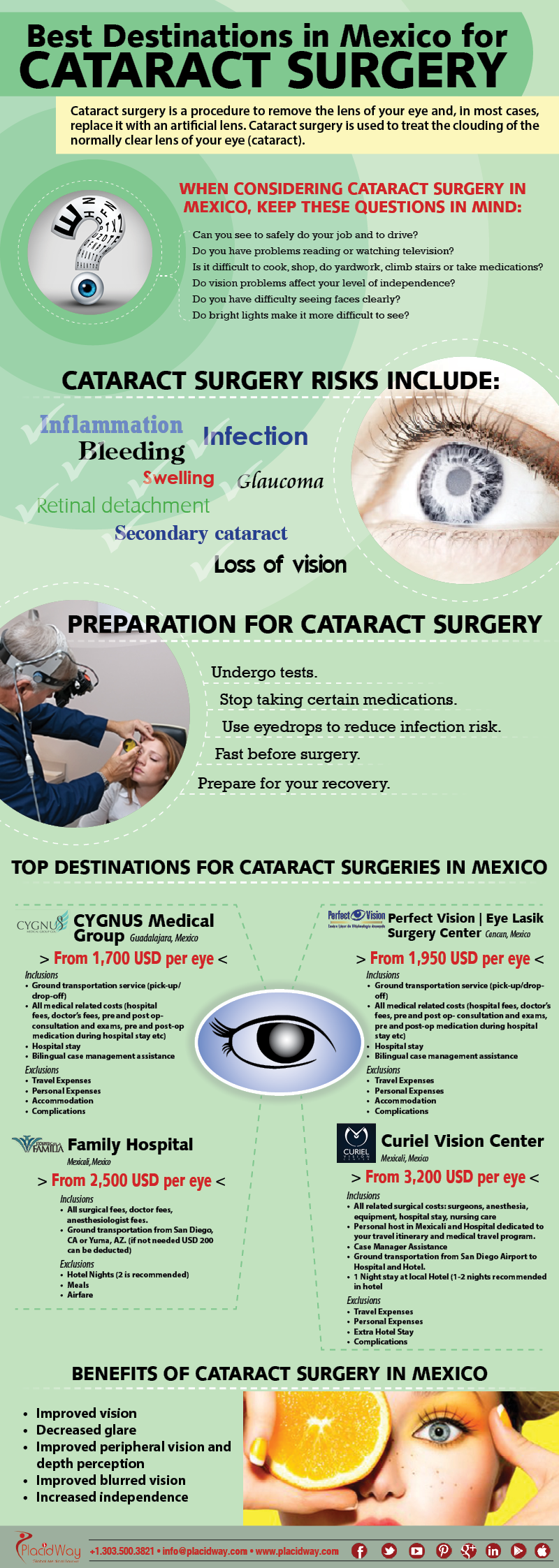Curious Regarding The Differences In Between SMILE, LASIK, And PRK Eye Surgeries?
Curious Regarding The Differences In Between SMILE, LASIK, And PRK Eye Surgeries?
Blog Article
Web Content Produce By-Foss Osborne
If you've been thinking about SMILE eye surgical procedure, you could wonder exactly how it compares to LASIK and PRK. Each procedure has its own collection of advantages and considerations. From quicker healing times to potential risks, there are key distinctions you ought to know prior to making a decision. Comprehending these distinctions will aid you make an educated selection that aligns with your details requirements and assumptions. Curious to understand even more about exactly how these treatments contrast thoroughly? Keep discovering to get a comprehensive understanding of SMILE, LASIK, and PRK.
SMILE Eye Surgical Treatment Review
If you're thinking about SMILE eye surgical procedure, you'll discover it to be a minimally intrusive procedure with a fast healing time. Throughout SMILE (Tiny Incision Lenticule Extraction), a laser is utilized to produce a little, specific cut in the cornea to eliminate a little item of cells, improving it to remedy your vision. This varies from LASIK, where a flap is produced, and PRK, where the outer layer of the cornea is completely removed.
One of the essential benefits of SMILE is its minimally intrusive nature, resulting in a faster healing procedure and less discomfort post-surgery. The healing time for SMILE is relatively fast, with several individuals experiencing enhanced vision within a day or more. This makes it a popular choice for those looking for a convenient and effective vision improvement procedure. Furthermore, SMILE has been revealed to have a reduced risk of completely dry eye disorder compared to LASIK, making it a beneficial choice for individuals concerned regarding this prospective side effect.
Differences Between SMILE, LASIK, and PRK
When comparing SMILE, LASIK, and PRK eye surgeries, it's important to understand the unique strategies made use of in each treatment for vision correction.
SMILE (Little Laceration Lenticule Removal) is a minimally invasive procedure that includes producing a small cut to remove a lenticule from the cornea, improving it to correct vision.
LASIK (Laser-Assisted Sitting Keratomileusis) entails developing a thin flap on the cornea, making use of a laser to improve the underlying tissue, and after that rearranging the flap.
PRK (Photorefractive Keratectomy) gets rid of the external layer of the cornea before reshaping the cells with a laser.
find out here now on the method the cornea is accessed and dealt with. SMILE is flapless, making it a great choice for people with thin corneas or those associated with contact sporting activities. LASIK supplies fast aesthetic recovery as a result of the flap creation, but it may posture a greater risk of flap-related issues. PRK, although having a longer recuperation period, stays clear of flap-related concerns altogether.
Comprehending these variations is vital in selecting one of the most appropriate treatment for your vision adjustment demands.
Advantages And Disadvantages Contrast
To assess the benefits and drawbacks of SMILE, LASIK, and PRK eye surgical procedures, it's necessary to consider the particular benefits and potential restrictions of each treatment. SMILE surgical procedure provides the advantage of a minimally invasive treatment, with a smaller sized incision and possibly quicker recovery time contrasted to LASIK and PRK. It also reduces the threat of dry eye post-surgery, a typical adverse effects of LASIK. Nevertheless, SMILE might have limitations in treating higher levels of nearsightedness or astigmatism contrasted to LASIK.
LASIK surgical procedure gives rapid visual recuperation and marginal discomfort throughout the procedure. https://www.medicalnewstoday.com/articles/lasik-surgery 's highly efficient in treating a vast array of refractive errors, including nearsightedness, hyperopia, and astigmatism. Yet, LASIK carries a risk of flap problems, which can impact the corneal structure.
PRK eye surgical procedure, while not as popular as LASIK, stays clear of creating a corneal flap, decreasing the danger of flap-related problems. It's suitable for patients with slim corneas or uneven corneal surfaces. However, PRK has a longer recuperation time and might include much more pain throughout the healing procedure.
Final thought
So, when it pertains to selecting between SMILE, LASIK, and PRK, think of it like selecting the ideal set of shoes. SMILE is like a smooth, comfortable set of tennis shoes - fast and very easy.
LASIK is more like trendy high heels - flashy and quickly, yet with some possible risks.
PRK is like sturdy treking boots - trustworthy and sturdy, yet requiring a little bit more time and effort.
Inevitably, the most effective selection relies on your individual demands and choices.
